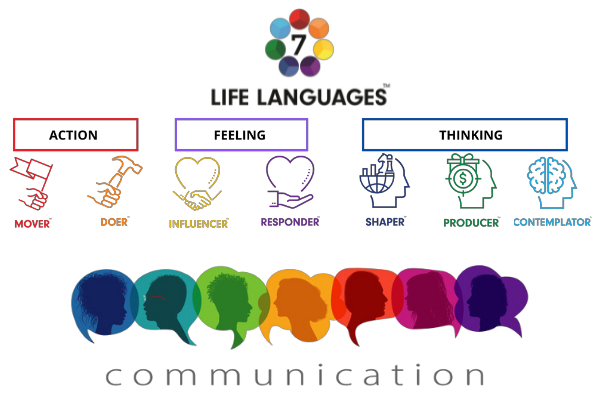Communication is an integral part of our existence, shaping the way we connect with others and express ourselves.
June is celebrated as #EffectiveCommunicationsMonth, a time dedicated to enhancing our #communicationskills, fostering stronger connections, and achieving greater understanding in both our personal and professional lives.
We can use this time to examine how selfish behaviors often infiltrate our communication interactions, hindering our ability to truly connect and be understood.
In this article, we will explore how selfish behaviors often hinder our ability to be seen, heard, and understood in the communication exchange. Furthermore, we will delve into strategies that can help us become more effective communicators, such as practicing conscious listening and leveraging tools like Kendall's #LifeLanguages™ Communication Character Assessment.
Finally, we will discuss how Stephen Covey's timeless quote, "Seek First to Understand, then to Be Understood," can be applied in our daily interactions.
Selfish Behaviors and the Need to Compete
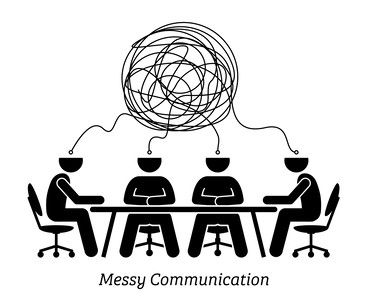
Becoming an Effective Communicator
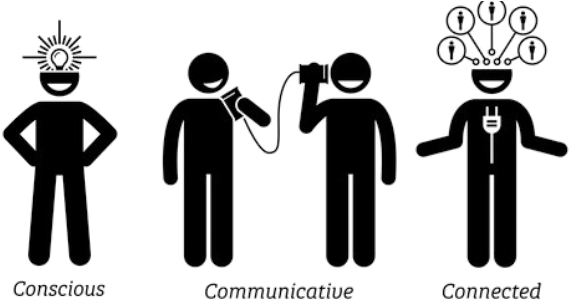
Kendall's Life Languages™ Communication Character Assessment
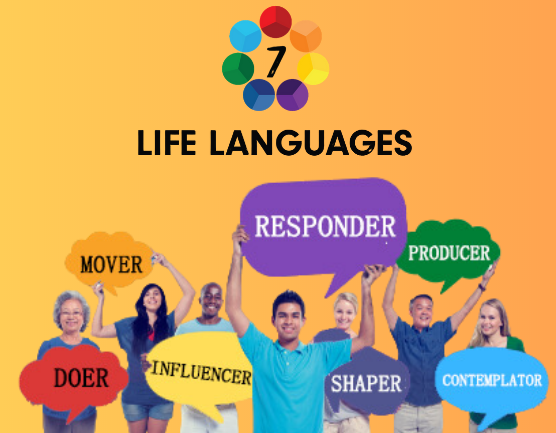
Building Character in Communication
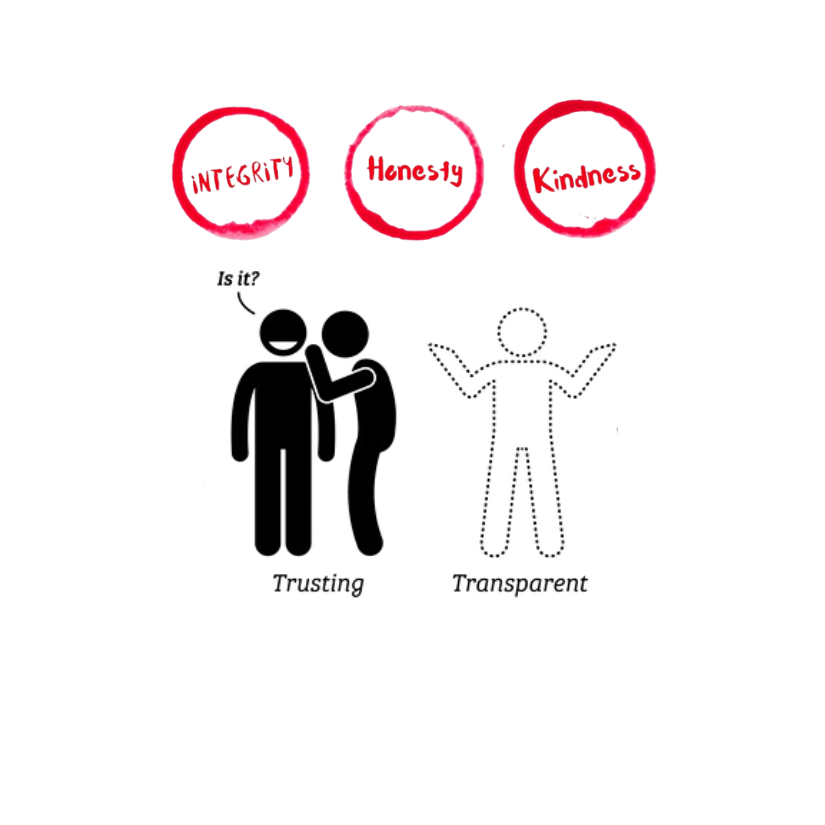
Applying Stephen Covey's Wisdom

Conclusion
